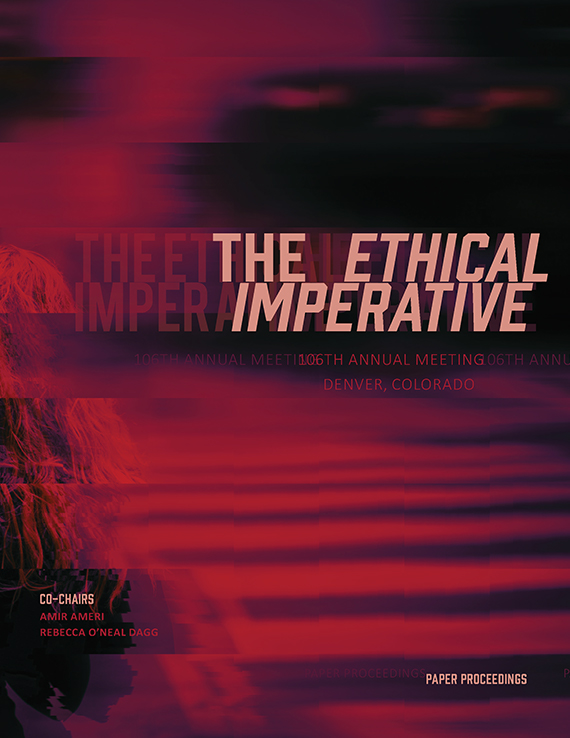Author(s): Luc Phinney
To date, architecture has been relatively untouched by the cognitive turn of other disciplines. We may one day talk about ‘architectural cognition’ or ‘cognitive architectonics’; but that day has not yet come. Theorists and some practitioners draw heavily upon the insights of phenomenologists like Martin Heidegger and Maurice Merleu-Ponty, but fewer of them explore the psychological research that influenced those philosophers, and which has continued to evolve since. What use after all is soft science to those who build hard things? Architecture concerns itself with instrumental ends. Yet architects seldom have the hammer physically in hand, or handle the bricks. This can lead to a crisis of confidence. Some architects (famously) overcome this crisis by taking the brick in hand (even, like Hamlet, discoursing with it). Others withdraw from the gritty reality of materials and methods, fomenting figments of fog or fantastically supported glass. But this is not the architect’s role. Neither fantasist nor craftsman (however much we may long for the freedom or certainty of those occupations), the architect has, already, a set of tools. But what is their nature? They may be material (if a computer mouse can be considered material—a thorny question!) but are at times less so. This ambiguous relationship to the instrumentality of our instruments renders us less apt to recognize our acts and engagements as conditional upon the limits and possibilities of our tools. One particular concept pervasive in social psychology, J. J. Gibson’s theory of affordances, may help us get a handle on the dubious instrumentality of our instruments. A historical example of a building and its tools, constructed by an archaeologist-of-tools, will serve as a primary source for this question of the architect’s essential instruments.
https://doi.org/10.35483/ACSA.AM.106.57
Volume Editors
Amir Ameri & Rebecca O'Neal Dagg
ISBN
978-1-944214-15-9

 Study Architecture
Study Architecture  ProPEL
ProPEL 
